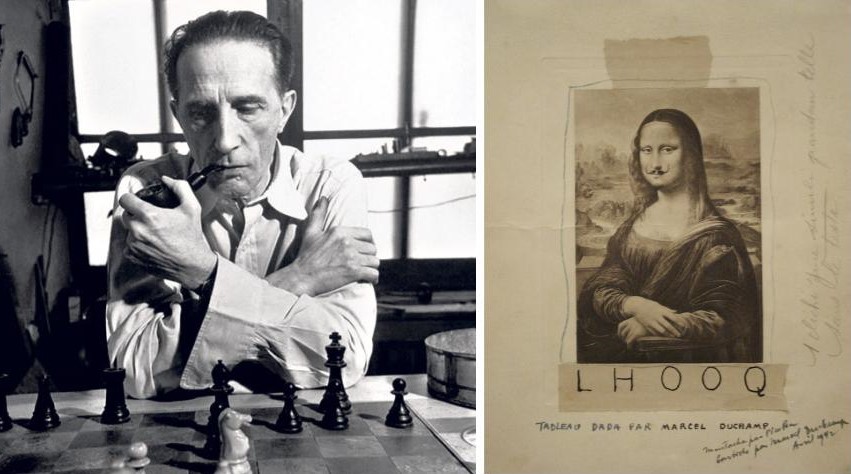What is Art for you? Do you believe Art is pleasing to the eye and not the mind? In the case of visual Art, viewers have considered it for centuries for the ‘eye’; everybody is a viewer in visual Art. Before the 20th century, people did not even think visual Art was for the ‘mind’; therefore, intelligence. Modern Art brings the idea of ‘art for the mind’. Modernity: Between the two world wars, human philosophies toward life and encircling society changed significantly, as reflected in Art.
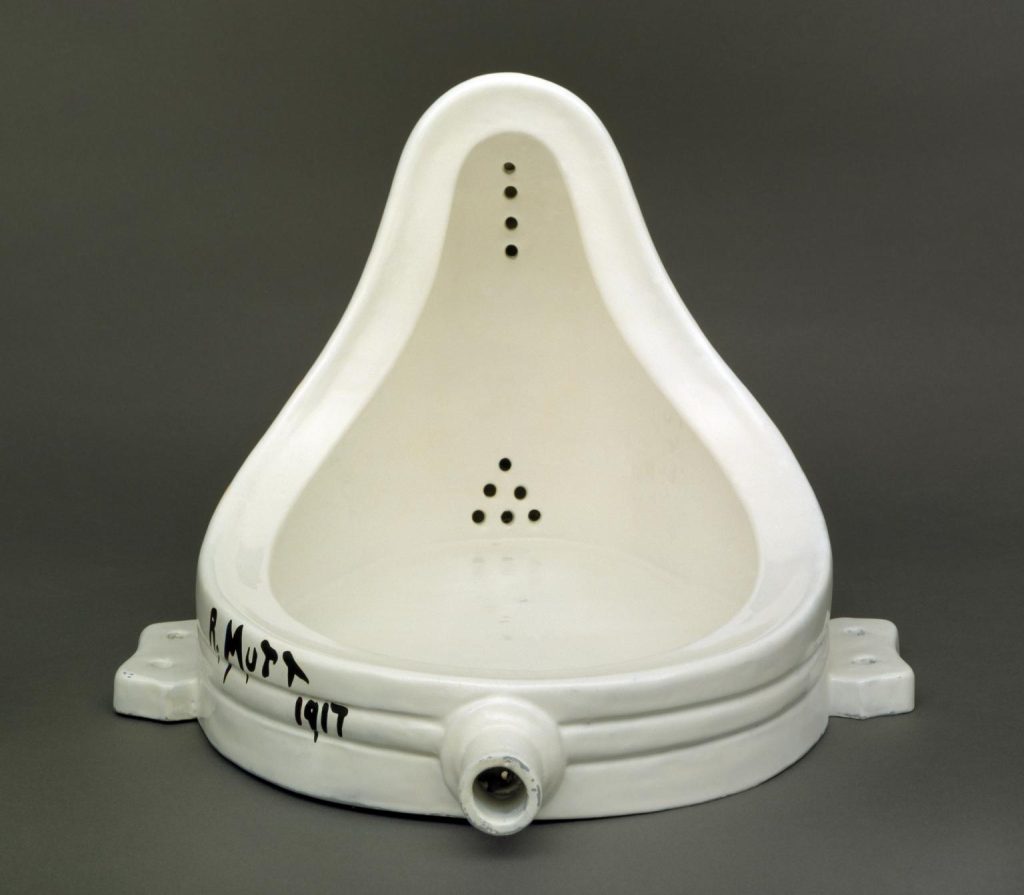
Courtesy: Tate
Marcel Duchamp is considered one of the greatest artists in Western Art, a legend who defined and led the rebellious outcomes that initiated a world of conceptual Art. Duchamp is the one who brings reflective thought of the industrial age; production, consumption, and speed become a life experience, and reproduction is a symbol of modern life. Entering Duchamp’s works is challenging, creating numerous interviews, criticism, and gossip.
As many critics and writers mentioned, Duchamp never tried to invent truth, leaving that to the people engaging with his work of Art. They find their truth in Duchamp’s works and accept as many versions as possible.
Paradoxical Root
Some art critics indicate that the art practice of Duchamp goes to the root of paradox- a paradox of modern life or modernity itself. He did as much as possible, stopped it early and started playing chess. Does he play chess with Art or human aesthetics and intelligence? The surprising question about the Duchamp art career created more questions than his artwork. Through the challenging artwork, Duchamp is considered a prophetic artist; after confronting the First World War, political upheavals, break with traditional ideals and belief systems, social chaos and social movements, and many other unnoticed elements that brought societal changes. Like an artist, Duchamp leads society to more abstract and theoretical uncertainties.
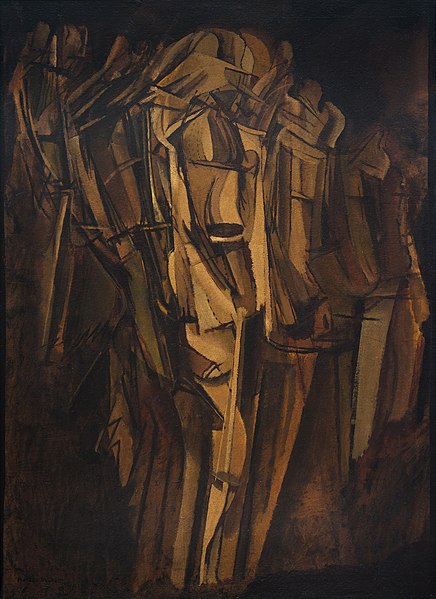
‘I’ve missed nothing. I have had even more luck at the end of my life than at the beginning; Duchamp replied to a question about ‘your greatest regret’ in an interview at his 80-year-old.
Duchamp drew a few paintings in cubistic attire but counted as a cubist beside Piccaso. Duchamp’s ‘Nude Descending a Staircase’ was a sensation and mindblowing when the artwork was exhibited in New York in 1913 and now. Duchamp was responsible for creating something new and showing originality, raising the question of the nature of Art and reality as Duchamp always argued, ‘I wanted to get away from the physical aspect of painting’.
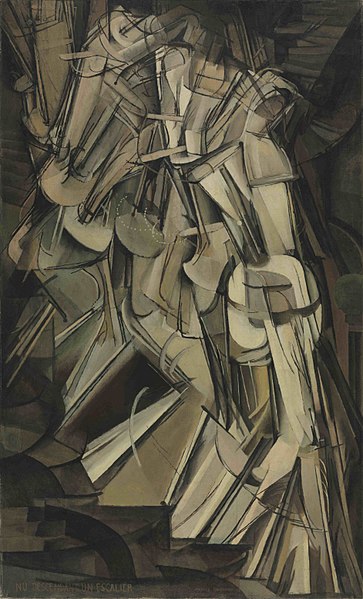
Once Andre Breton said that Duchamp was the most intelligent man of the twentieth century, Duchamp denied this statement in an interview and noted this: “intelligence” is the most elastic one can invent. There is a logical or Cartesian form of intelligence, but I think Breton meant to say something else. From the Surrealist point of view, he envisaged a freer form of the problem; for him, intelligence was in some way the penetration of what the average ordinary man finds incomprehensible or difficult to understand.
Duchamp always thought and worked on Art, even though his contemporaries considered him the most mysterious of geniuses after he stopped doing Art. He uses his intelligence to do and stop Art and experience limitless space and the possibility of Art. His early experiments with rotary machines led to kinetic Art and abstract movie-making.
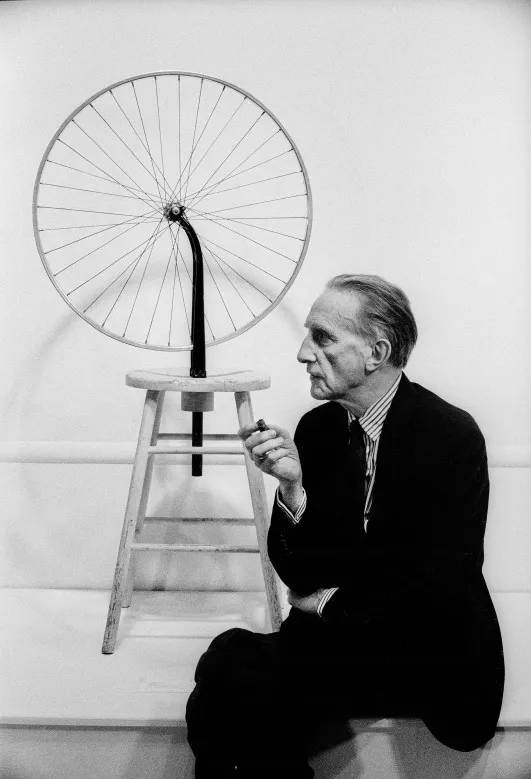
Courtesy: Arsty
Duchamp never believed in the word ‘Creation’ when he created many new things in Art, and commented, ‘It’s very nice but, fundamentally, I don’t believe in the creative function of the artist. He said in an interview that the artist is a man like many others, even business people, as they do many things, and ‘the word “art” interests me very much. As I’ve heard, if it comes from Sanskrit, it signifies “making.”
The answer to why Duchamp withdrew himself from making Art in 1923 is he mentioned ‘feeling somewhat dubious about the commercialization of Art, which he saw beginning right after the First World War. For Duchamp, Art is a habit-forming drug, and it is for the artist, collector, and anybody connected with it. ‘As a drug, it’s probably beneficial for many people, very sedative, but as a religion, it’s not even as good as God, said Duchamp.
Duchamp painted very few and stopped making Art at the peak of his artistic and creative practices. When cubism rejected all traditional aesthetics of the art world, Duchamp did not hang with cubistic style; he invented and experimented with forms in different forms and stopped doing all.
Finally, who is Duchamp in Western Art and generally for the human race? A genius and rebellious in all nature, he created many monumental works which question our sensibility even now and that intellectual legacy enduring through our time and space.

Krispin Joseph PX, a poet and journalist, completed an MFA in art history and visual studies at the University of Hyderabad.

